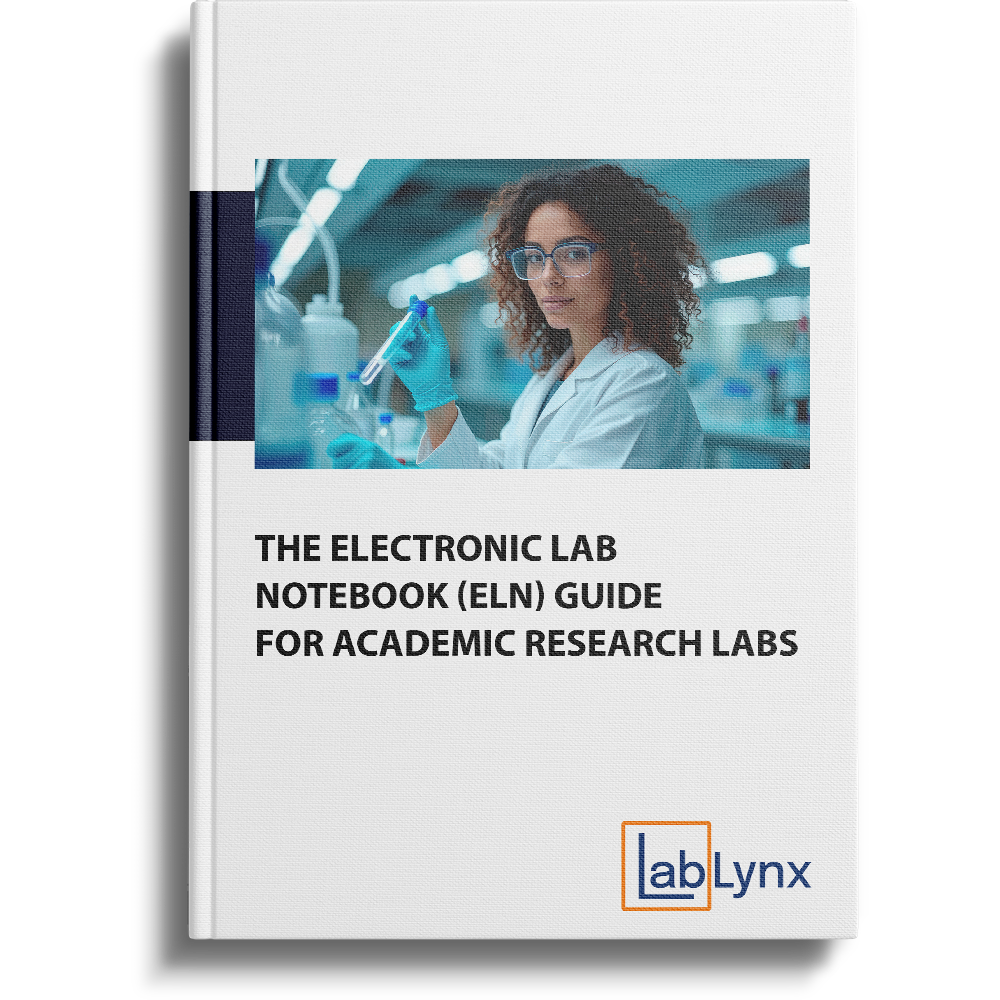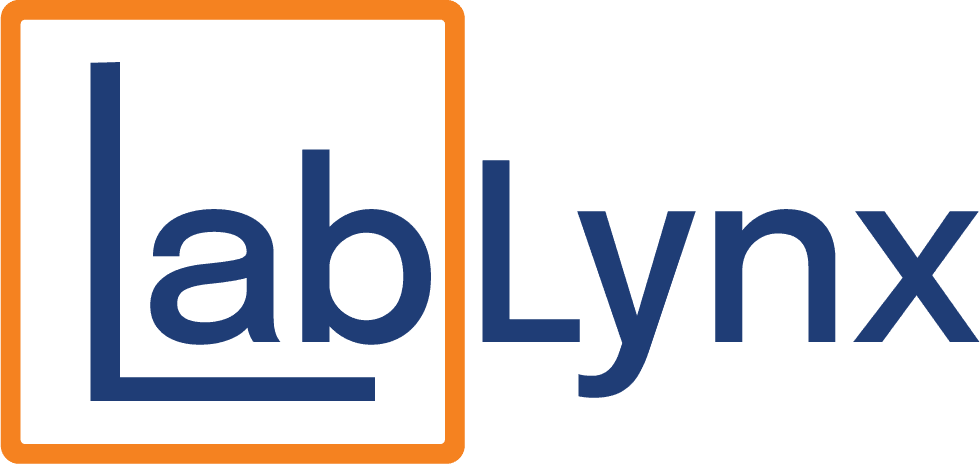Download Book For Free!
Resource Download
"*" indicates required fields

Academic research labs are known for producing groundbreaking science—but they’re also notorious for inconsistent documentation, scattered records, and outdated paper notebooks. As expectations around reproducibility, collaboration, and data management grow, many academic institutions are turning to Electronic Laboratory Notebooks (ELNs) to modernize how research is documented and shared.
From undergraduate teaching labs to multi-PI research centers, academic institutions face unique challenges: rotating researchers, variable experience levels, strict compliance requirements, and the need to collaborate across departments or campuses. Traditional methods of recording experiments often fall short, putting both data integrity and research outcomes at risk.
The ELN Guide for Academic Research Labs explores how ELNs are helping universities and research institutions improve data quality, enable real-time collaboration, and ensure that research is reproducible, secure, and accessible for years to come.
Why ELNs Are Crucial in Academic Research
Academic labs serve many purposes: they educate students, support faculty research, and often contribute to high-impact publications or grant-funded studies. But inconsistent documentation practices can lead to missing data, irreproducible experiments, and even lost intellectual property.
ELNs offer a digital solution to these long-standing challenges by replacing handwritten notebooks and file folders with a centralized, structured platform. With built-in templates, access control, and version tracking, ELNs support better science and stronger academic collaboration.
What This Guide Covers
This guide provides a clear, practical overview of how ELNs enhance academic research labs. It covers core topics like:
1. ELNs in the Academic Research Workflow
Academic labs often rely on students and postdocs with varying levels of experience. This section looks at how ELNs provide consistency in how experiments are documented and results are reported—making it easier to onboard new researchers, mentor students, and maintain data continuity across semesters or grants.
2. Key ELN Features That Benefit Academic Labs
Not every ELN is a fit for university settings. This section highlights features that academic labs should prioritize, including:
- Customizable experiment templates for different disciplines
- User roles and permission control (e.g., student, PI, lab manager)
- Searchable archives for literature reviews or grant writing
- Version control for reproducibility and peer review
- Multimedia uploads for visual documentation of results
You’ll see how these features help enforce good scientific practices, even when lab members rotate regularly.
3. Solving Common Academic Lab Challenges
Academic research often suffers from fragmented documentation, inconsistent formats, and physical notebooks that get lost or damaged. This section discusses how ELNs address these issues by:
- Standardizing experiment documentation across lab members
- Enabling remote collaboration between faculty and students
- Creating a secure, backed-up environment for years of research
- Streamlining thesis preparation, grant reporting, and publications
Whether you’re preparing for an audit, managing a research project, or mentoring undergraduates, ELNs can significantly reduce administrative burden and human error.
4. Steps for a Successful ELN Rollout
Bringing an ELN into an academic setting requires thoughtful planning—especially when balancing teaching, research, and institutional IT policies. This section provides a roadmap for implementation, covering:
- Assessing your current documentation challenges
- Determining the must-have features for your lab type
- Piloting the ELN in one class, course, or research team
- Building simple training programs for students and faculty
You’ll also learn how to gain support from department leadership and IT administrators to ensure long-term success.
5. ELNs as a Long-Term Academic Asset
This final section looks at how ELNs support long-term institutional goals like data retention, open science, and inter-departmental research. It explores how digital records can be used in grant applications, shared with collaborators, or preserved for institutional memory.
For academic labs looking to elevate their research, teaching, and compliance posture, ELNs are becoming a critical part of the digital toolkit.
Who Should Explore This Guide?
This guide is ideal for:
- Principal Investigators (PIs) managing lab teams or grants
- Lab managers overseeing multi-user facilities
- Department heads seeking standardization across labs
- IT and compliance officers supporting academic research infrastructure
- Graduate students and postdocs who want better tools for organizing their research
Why This Guide Matters
As academic research becomes more collaborative, data-intensive, and digitally connected, the way labs document and share their work must evolve. ELNs provide the structure, security, and flexibility needed to support high-quality research at every level—from undergraduates to tenured faculty.
Whether you’re launching a new lab, revamping your documentation practices, or preparing for institutional audits, this guide offers actionable insights to help you modernize your approach and set your lab up for long-term success.
